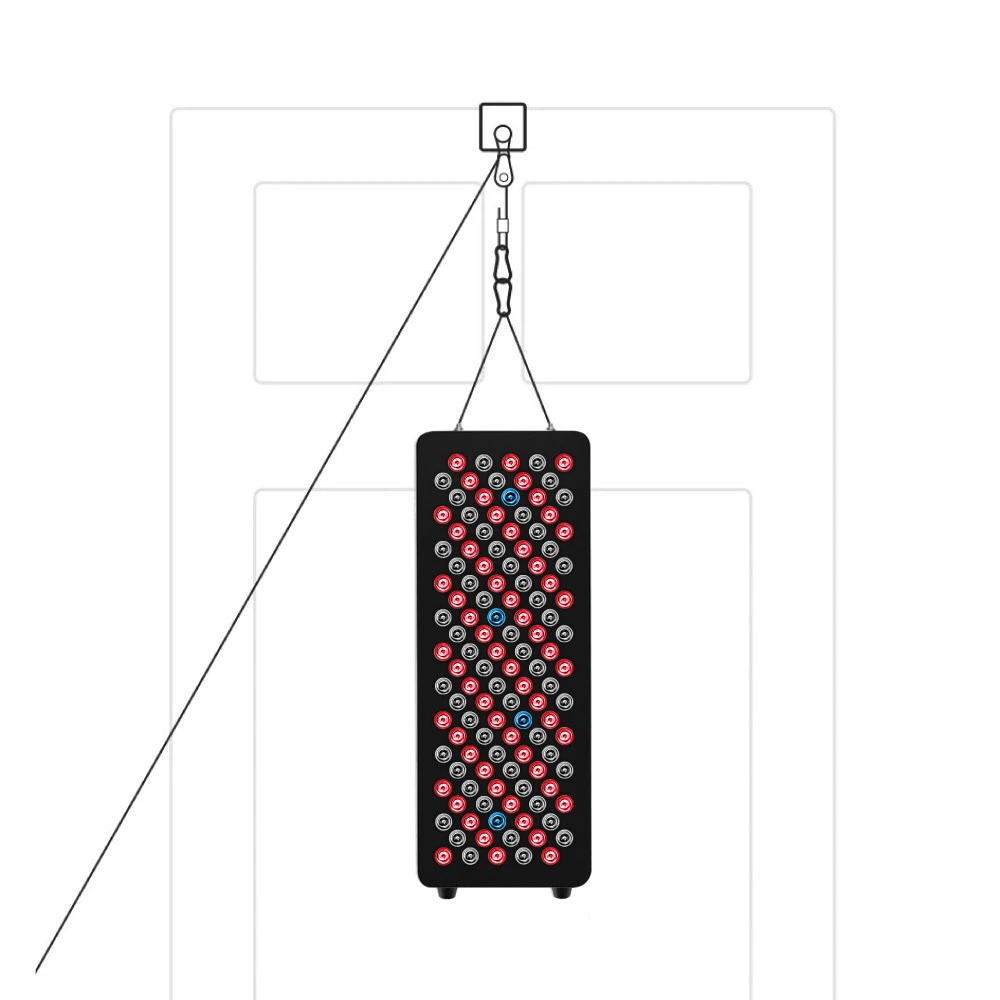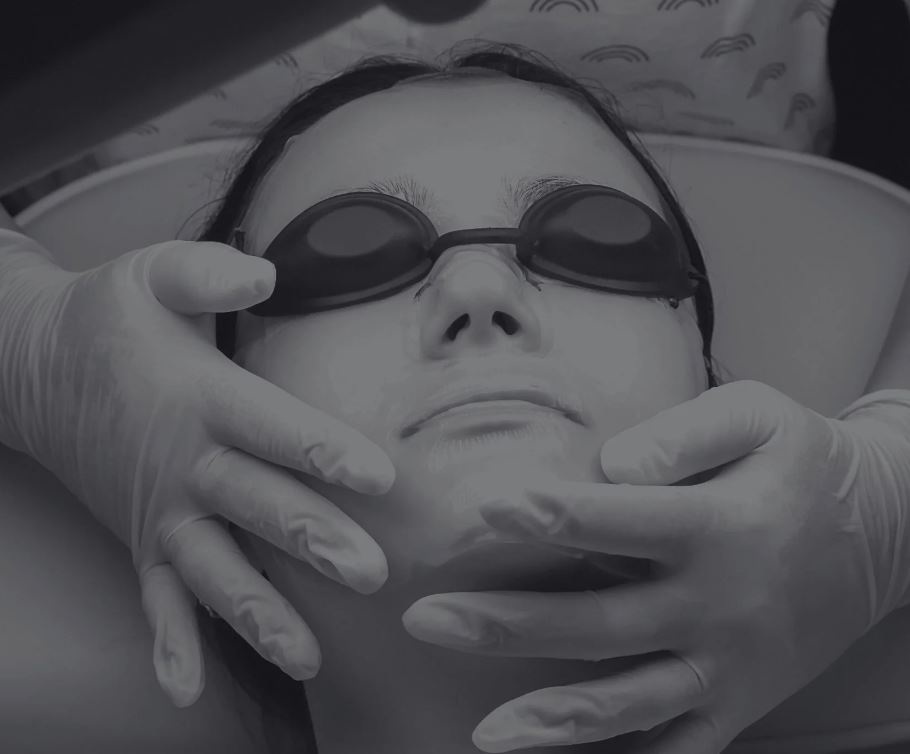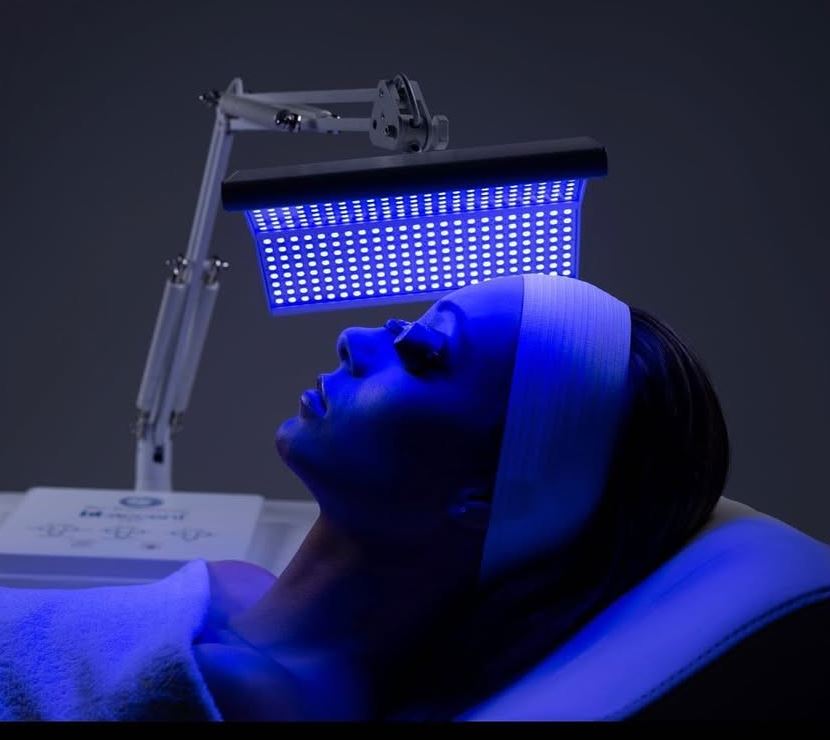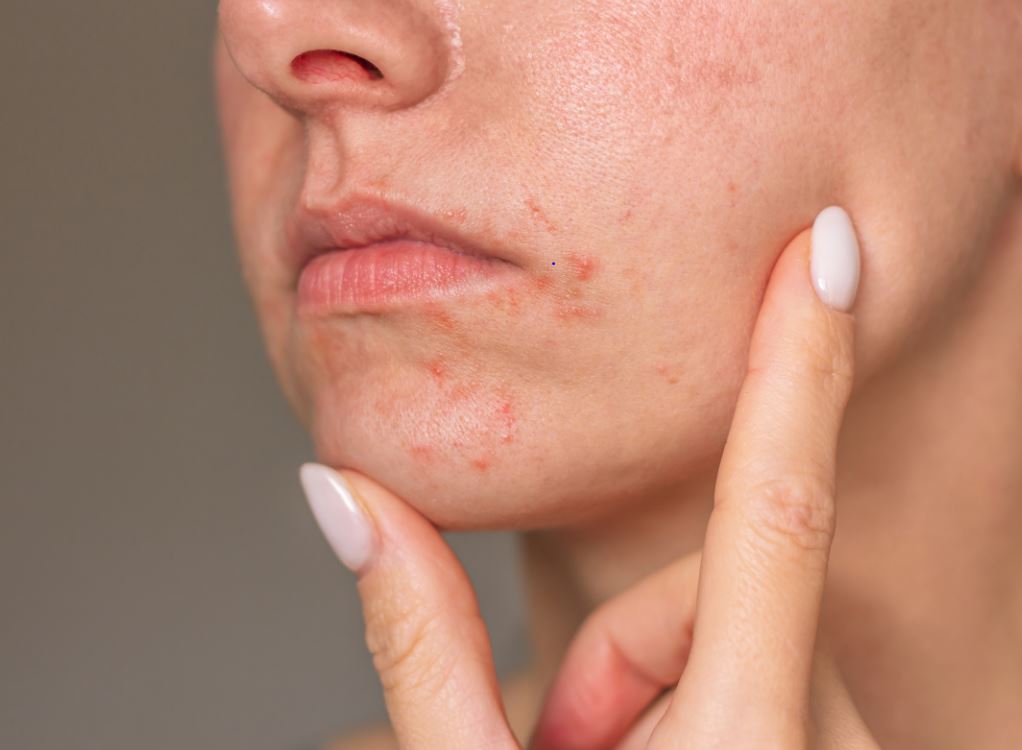![]() Free Shipping
Free Shipping ![]() Buy Now, Pay Later
Buy Now, Pay Later ![]() Eligible
Eligible
The Complete Guide to Red Light Therapy for Thyroid Issues
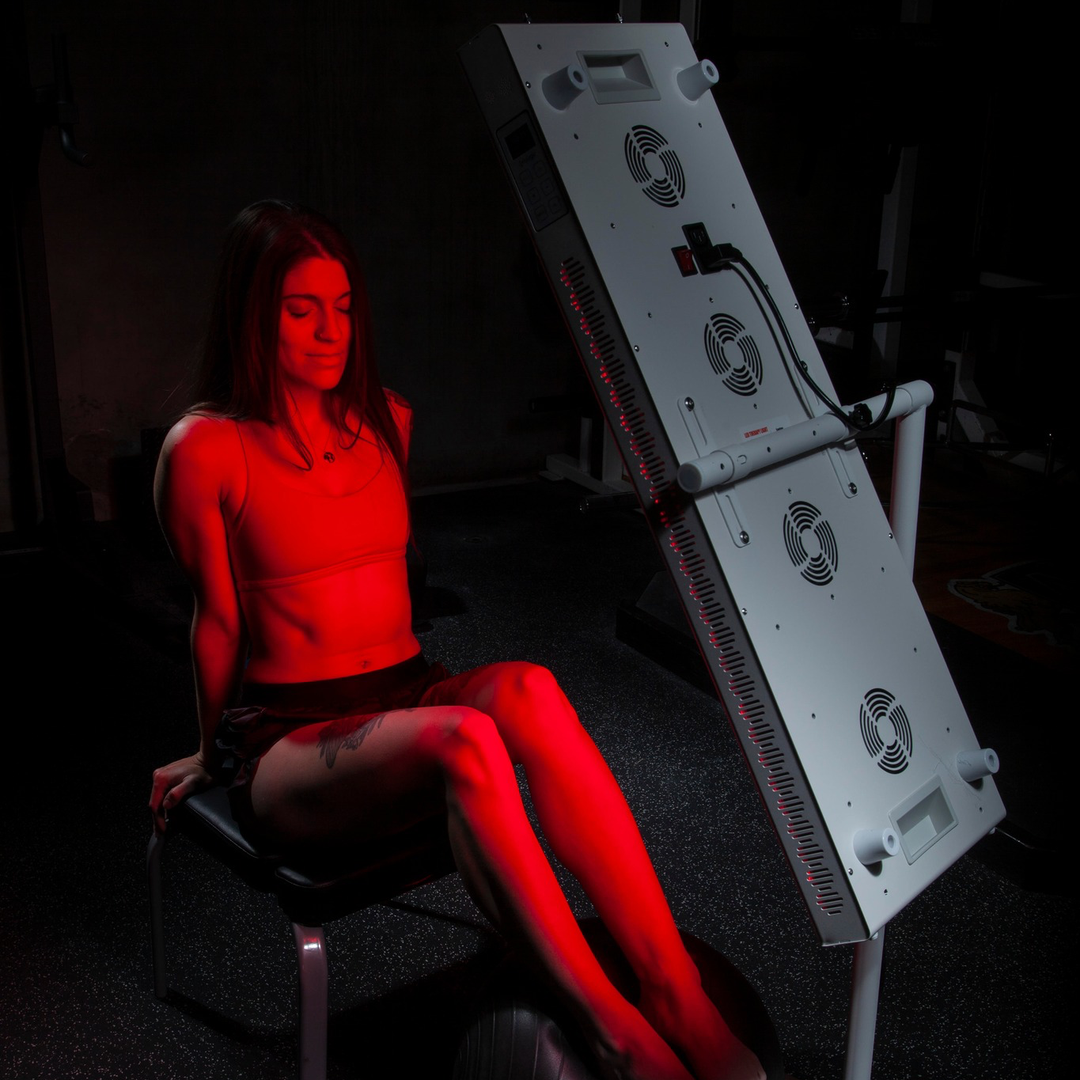
Shedding Light on a Novel Therapy for Thyroid Health
If you’re one of the millions navigating thyroid issues like Hashimoto’s or hypothyroidism, you know the search for effective relief can be endless. From medication adjustments to dietary overhauls, the journey is often complex. But what if a simple, non-invasive therapy using specific wavelengths of light could offer significant support?
Enter Red Light Therapy (RLT), also known as photobiomodulation. Once a niche treatment, RLT is gaining traction in the wellness and medical worlds for its potential to combat inflammation, heal tissues, and boost cellular energy. In this complete guide, we’ll dive deep into the science, benefits, and practical application of red light therapy specifically for thyroid health.
What is Red Light Therapy and How Does It Work?
Red Light Therapy is a therapeutic technique that uses low-level wavelengths of red and near-infrared (NIR) light to stimulate cellular function. Unlike harsh UV light, these specific wavelengths are safe and penetrate the skin to interact with our cells’ powerhouses.
The Core Mechanism: Supercharging Your Cellular Batteries
The primary target of RLT is the mitochondria. Think of them as tiny batteries in every one of your cells. Their job is to produce adenosine triphosphate (ATP), the fundamental energy currency of life.
- Light Absorption: The cytochrome c oxidase complex within mitochondria acts as a “photoacceptor,” meaning it absorbs photons of red and NIR light.
- Boosted ATP Production: This absorption stimulates the mitochondria to produce more ATP efficiently. With more energy, cells can function better, repair themselves faster, and reduce oxidative stress.
- Cellular Rejuvenation: The increase in ATP leads to a cascade of beneficial effects, including improved cell signaling, reduced inflammation, and enhanced blood flow.
As Dr. Michael Hamblin, a leading photomedicine researcher from Harvard Medical School, explains: “Photobiomodulation is fundamentally a simple process. When light of the correct wavelength and intensity is applied to the body, it is absorbed by the mitochondria and leads to an increase in ATP production, a brief burst of reactive oxygen species, and an increase in nitric oxide. These events lead to the activation of transcription factors and a wide range of gene expression products.”
The Direct Link: How Red Light Therapy Supports the Thyroid Gland
The thyroid gland, located in your neck, is incredibly metabolically active. It requires a tremendous amount of energy to produce hormones that regulate your metabolism, heart rate, body temperature, and more. When thyroid cells are underperforming (as in hypothyroidism) or under attack (as in autoimmune thyroiditis), RLT can offer targeted support.
1. Combating Inflammation in Hashimoto’s Thyroiditis
Hashimoto’s is an autoimmune condition where the body’s immune system attacks the thyroid tissue, leading to chronic inflammation and eventual damage. RLT’s potent anti-inflammatory effects can help calm this immune response. By reducing inflammatory cytokines, it may help slow the autoimmune attack and preserve thyroid function.
2. Energizing Thyroid Follicular Cells
The cells responsible for producing thyroid hormones (T4 and T3) are called thyrocytes. These cells are packed with mitochondria. By delivering a direct energy boost to these cells, RLT may help enhance their hormone production capacity, potentially alleviating some symptoms of hypothyroidism.
3. Improving Blood Flow to the Thyroid
RLT is known to stimulate the release of nitric oxide, a compound that dilates blood vessels (vasodilation). This improves circulation to the thyroid gland, ensuring it receives more oxygen and nutrients while clearing out metabolic waste more effectively.
4. Supporting Tissue Repair and Reducing Scarring
Chronic inflammation can lead to fibrosis (scarring) within the thyroid gland. Studies suggest that RLT can promote tissue repair and reduce fibrosis, helping to maintain the gland’s structural integrity.
What Does the Research Say? A Look at the Evidence
While larger-scale clinical trials are always welcome, the existing body of research is promising.
A landmark 2013 study published in the Journal of Lasers in Medical Science investigated the effects of LLLT (a form of RLT) on patients with hypothyroidism. The results were significant:
- A significant reduction in TSH levels was observed in the treatment group.
- An increase in free T4 levels was also noted.
- Medication dosage reduction: Many patients were able to reduce their levothyroxine medication dosage under medical supervision.
The researchers concluded that LLLT was an effective method to improve thyroid function and reduce the need for medication.
Summary of Key Research Findings
| Condition Studied | Therapy Type | Key Outcomes | Source |
|---|---|---|---|
| Autoimmune Hypothyroidism | Low-Level Laser Therapy (LLLT) | Significant decrease in anti-TPO antibodies, reduced thyroid volume, improved hormone levels. | Lasers in Surgery and Medicine |
| Chronic Autoimmune Thyroiditis | LLLT (830nm) | Improved thyroid function, reduced medication dependency, better quality of life scores. | Journal of Lasers in Medical Science |
| General Hypothyroidism | Photobiomodulation | Increased T3/T4 hormone production, decreased TSH levels. | Photomedicine and Laser Surgery |
A Practical Protocol: Using Red Light Therapy for Your Thyroid
Consistency and correct application are key to seeing results with RLT.
Choosing the Right Device
You have two main options:
- Professional Panels: Found in clinics and wellness centers. They are more powerful and can deliver a higher dose of light in a shorter time.
- High-Quality Home Devices: Smaller, handheld or desktop panels designed for personal use. Look for devices that emit both red (630-660nm) and near-infrared (810-850nm) light for deeper penetration.
VELLGUS Elite V2
THE #1 RATED RED LIGHT DEVICE
VELLGUS pro V2
THE #1 RATED FULL BODY RED LIGHT DEVICE
Clinical Director, Dr. Sarah Wilson, emphasizes safety and quality: *”When selecting a home device, don’t just look at the price. Check for FDA-clearance, the power density (irradiance) in mW/cm², and the specific wavelengths. For the thyroid, you want a device that can effectively deliver light to a target about 2-3 cm below the skin’s surface.”*
Step-by-Step Application
- Positioning: Sit or stand comfortably. Place the light panel directly on the skin of your neck, targeting the area just below your Adam’s apple where the thyroid gland is located.
- Timing: A typical session lasts between 5 to 15 minutes.
- Frequency: For best results, daily use is recommended initially. After 2-3 months, you may reduce to a maintenance schedule of 3-5 times per week.
- Consistency: This is a cumulative therapy. Don’t expect overnight results. Most users report noticing improvements in energy, sleep, and brain fog within 4 to 8 weeks of consistent use.
Important Considerations and Safety Profile
RLT is overwhelmingly considered safe when used as directed. It is non-invasive, painless, and does not use harmful UV radiation.
Key Safety Points:
- It is NOT a replacement for medication. Always work with your healthcare provider. RLT is a complementary therapy, not a substitute for your prescribed thyroid medication.
- Protect your eyes. Never look directly into the light source. Use protective goggles if they are provided.
- Consult your doctor if you have any photosensitivity conditions or are taking photosensitizing medications.
- Less is more. Stick to the recommended treatment times. More is not always better in photobiomodulation.
Conclusion: Illuminating a Path to Better Thyroid Health
Red Light Therapy presents a compelling, science-backed, and non-invasive option for those seeking to support their thyroid health from a cellular level. By reducing the underlying inflammation characteristic of Hashimoto’s and energizing the thyroid’s own cells to function more effectively, it addresses the root causes of dysfunction, not just the symptoms.
While it requires patience and consistency, the potential benefits—ranging from improved hormone levels and reduced medication dependency to better overall energy and well-being—make it a valuable tool to discuss with your integrative or functional medicine practitioner.



